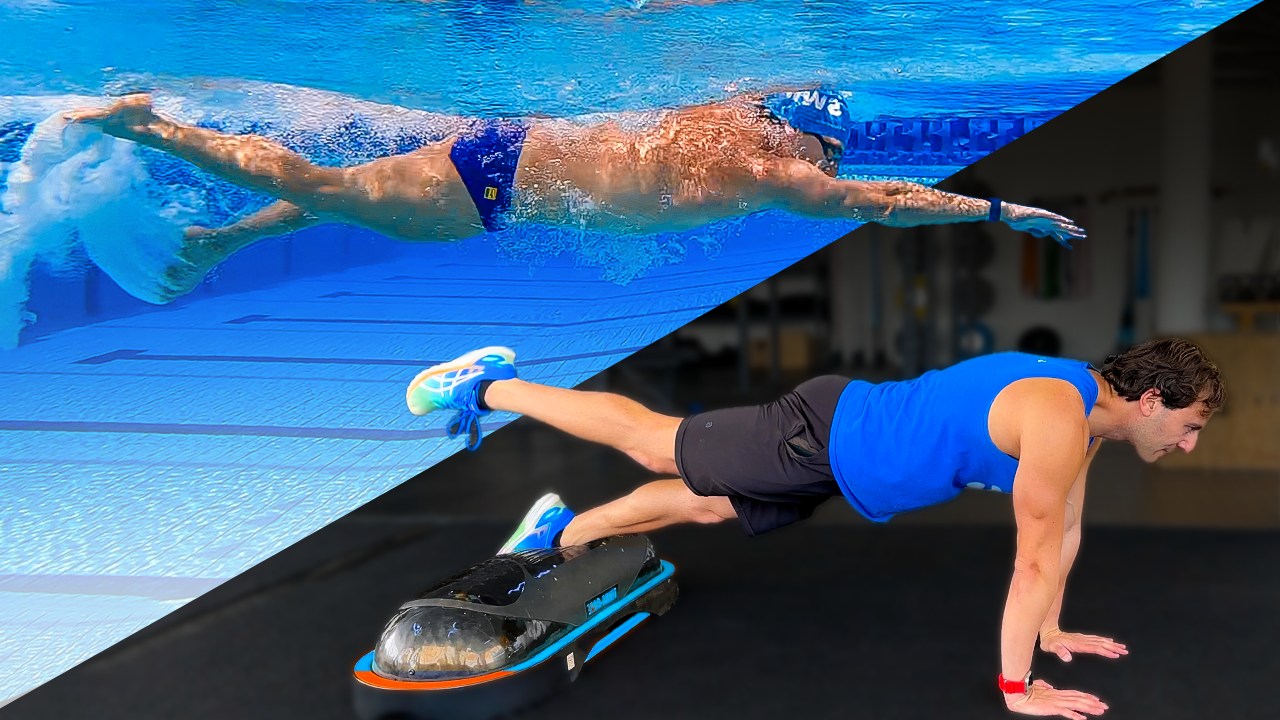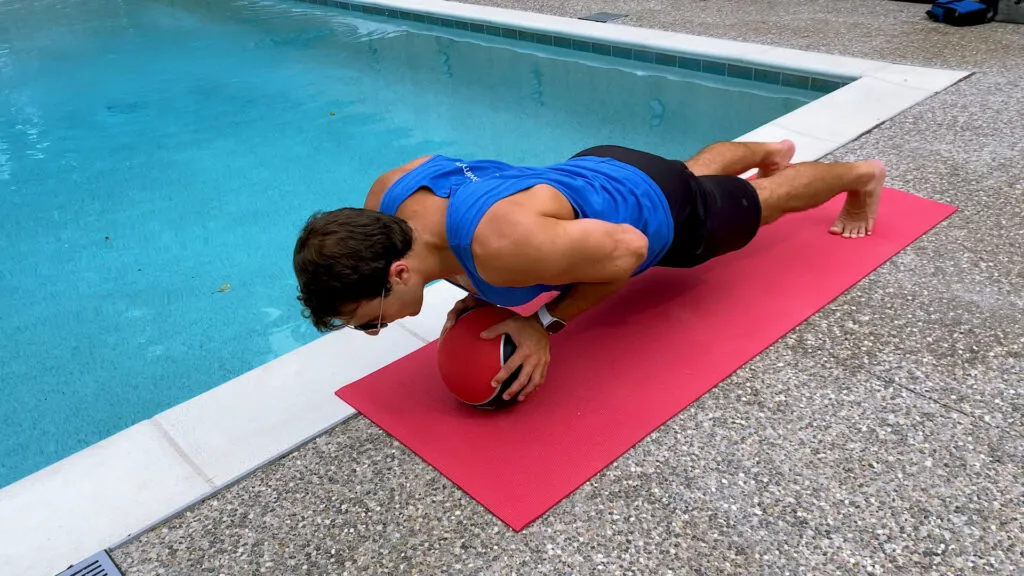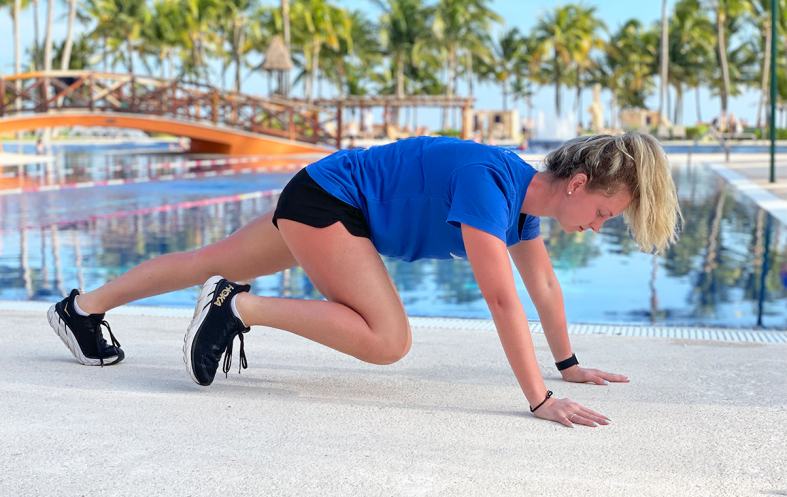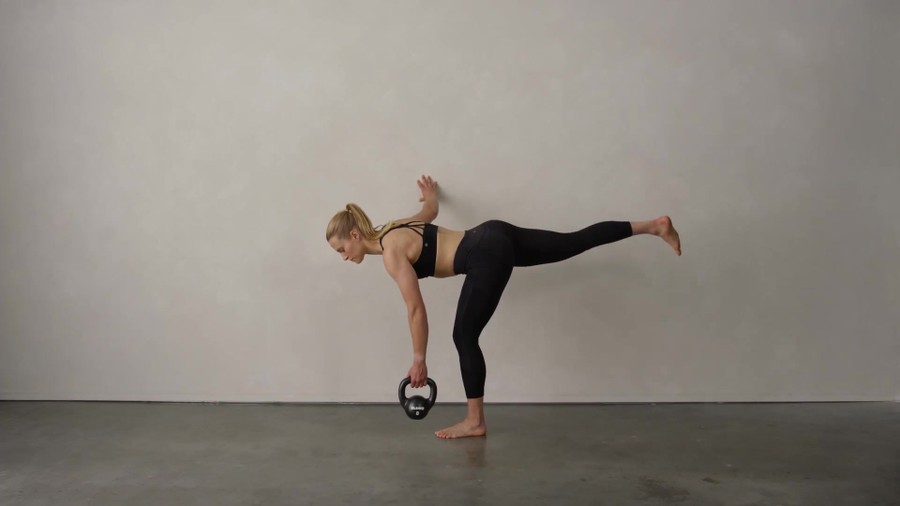If you’re a swimmer looking to take your performance to the next level, incorporating the right strength training exercises into your routine can make all the difference. Not all exercises are created equal, and it’s important to focus on those that specifically target the needs of swimmers. In this guide, we’ll share the 8 best exercises for swimmers, backed by research and proven results, to help you unlock your full potential in the pool.

Contents
8 Best Exercises For Swimmers
When it comes to improving your swimming performance, incorporating the right strength training exercises into your routine is crucial. Not all exercises are created equal, so it’s important to focus on exercises that specifically target the needs of swimmers. Here are some of the best exercises that can help you reach your full potential in the pool:
1. Bench Press
The bench press is a classic upper body strength training exercise that can help swimmers generate power during the pulling motion of their strokes. It is especially effective for building upper body strength in the pecs, shoulders, and triceps. A study published in the Journal of Strength and Conditioning Research found that maximum strength in the bench press explained a significant amount of swimming power and performance variance in sprint swimming events. Consider using dumbbells for added variation and safety.
2. Squats
Squats are a compound exercise that targets the lower body, including the quads, glutes, hamstrings, and lower back. They provide swimmers with the power to push off the wall with force, kick with more power, and launch themselves off the starting block. A study with internationally-ranked male swimmers showed that start performance was linked to lower body power and strength. Beginners can start with bodyweight squats and progress to other variations such as box squats, wall squats, goblet squats, and front squats.
3. Pull-ups
Pull-ups are an excellent exercise for developing upper body strength, particularly in the back, shoulders, and arms. They help swimmers improve their pulling motion and maintain a better body position in the water. Performing pull-ups with proper form and gradually increasing the number of repetitions can significantly benefit your swimming performance.

4. Glute Bridges
Glute bridges are an effective exercise for activating the glute muscles, which play a vital role in generating power for swimming. This exercise helps swimmers improve their kick and maintain a more efficient body position in the water. To perform glute bridges, lie on your back with your knees bent, lift your hips off the ground, and squeeze your glutes at the top of the movement.
5. Broad Jumps
Broad jumps are a plyometric exercise that helps increase leg power and explosiveness. This exercise is perfect for swimmers who want to enhance their kick and achieve more powerful push-offs. Adding broad jumps to your training routine can improve your overall jumping ability and swimming performance, particularly in sprint efforts.
6. Planks
Planks are an excellent core-strengthening exercise that can help swimmers maintain a better body position in the water and improve their overall stability. By strengthening the core muscles, planks make it easier for swimmers to hold their strokes together at the end of a race. There are various plank variations you can try, including forearm planks, side planks, and plank jacks.
7. Reverse Fly
Reverse fly exercises target the muscles in the upper back and shoulders, helping swimmers improve their pulling motion and maintain proper posture in the water. This exercise can be done using dumbbells, resistance bands, or cable machines. Keep your movements controlled and focus on squeezing the muscles in your upper back and shoulders.

8. Chop Wood
Chop wood exercises are great for developing rotational power and strength, which are essential for powerful strokes in swimming. This exercise mimics the motion of chopping wood and engages the muscles in your core, back, and arms. You can perform chop wood exercises using a medicine ball, cable machine, or a weighted object, focusing on generating explosive power through your core and arms.
Common Mistakes to Avoid while Exercising for Swimming
By avoiding these mistakes, you can improve the effectiveness and safety of your workouts. Here are some common pitfalls to watch out for:

- Neglecting Proper Form: One of the biggest mistakes is sacrificing form for intensity. Remember, it’s not about how heavy you lift or how fast you perform an exercise, but rather about maintaining proper technique throughout. Avoid compromising your form in order to maximize the benefits of the exercise and reduce the risk of injury.
- Overlooking Progressive Overload: Progressive overload is the gradual increase in intensity, volume, or resistance over time. A mistake swimmers often make is sticking to the same routine without making any adjustments. To see improvements in your strength and performance, it’s essential to progressively challenge your muscles by increasing the weight, repetitions, or difficulty of your exercises.
- Skipping Warm-ups and Cool-downs: Warm-ups and cool-downs are crucial for preparing your muscles before a workout and aiding in recovery afterwards. By neglecting these essential steps, you increase the risk of injury and hinder your body’s ability to recover effectively. Always incorporate a dynamic warm-up and static stretches at the beginning and end of your workout to ensure optimal performance and prevent muscle stiffness.
- Focusing Solely on Strength Training: While strength training is essential for swimmers, it shouldn’t be the only aspect of your training regimen. Neglecting other key components such as cardiovascular exercises, flexibility training, and technique work can limit your overall progress in the water. Make sure to have a well-rounded program that addresses all aspects of swimming performance.
- Ignoring Recovery and Rest Days: Rest and recovery days are just as important as the workouts themselves. Pushing your body too hard without allowing it time to rest and recover can lead to overtraining and increased risk of injury. Incorporate rest days into your training schedule to allow your body to repair and rebuild, ultimately enhancing your performance.
Frequently Asked Questions
How should swimmers lift?
Swimmers should focus on exercises that target their specific needs, such as bench presses, squats, pull-ups, glute bridges, broad jumps, planks, reverse fly, and chop wood exercises. It’s important to maintain proper form, gradually increase intensity and resistance, and integrate weightlifting with swim training for optimal results.
Should swimmers bulk up?
Increasing muscle mass is important for swimmers as it confers a performance advantage. However, the goal should be to build functional muscles that improve swimming performance, not to bulk up for aesthetics.
Do pull ups help swimming?
Pull-ups are great for strengthening the lats, traps, shoulders, biceps, and core. Properly doing pull-ups can lead to rapid strength gains in these areas and help swimmers improve their pulling motion in the water, enabling them to swim with more force and speed.
How many times a week should swimmers lift?
Swimmers should aim to lift weights one to three times per week, allowing for adequate rest and recovery time between workouts. It’s crucial to prioritize balance and safety by integrating weightlifting with swim training and listening to their body’s needs.

Hello, I’m Ravindra. Over the years, I’ve immersed myself deeply into the world of fitness and health, transforming both my body and mind. Writing has allowed me to share my journey, insights, and expertise with those just starting out and seasoned fitness enthusiasts alike. Beyond just routines and diets, I believe in inspiring others to adopt a holistic approach to well-being.
